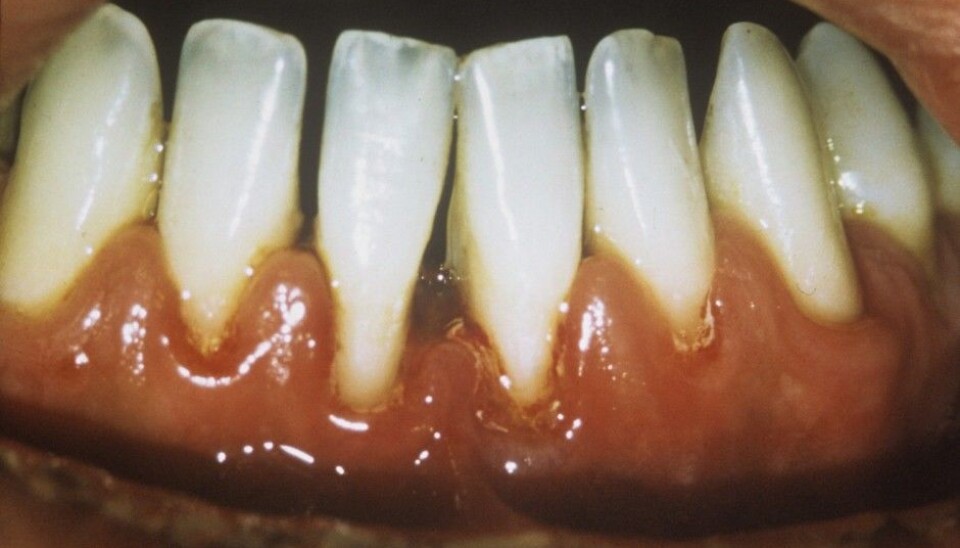
Lactic acid bacteria combat a common dental disease
Over half of all Norwegians over the age of 40 have periodontitis, a chronic inflammatory disease which can make teeth loosen and fall out. Lactic acid bacteria might be used in treating the disease.
Around five to ten percent of those with the disease, caused by various bacteria, will lose their teeth.
Sravya Nakka of Örebro University has studied prospective treatment methods against periodontitis in her recent doctoral dissertation. Nakka has specialised in Porphyromonas gingivalis (P. gingivalis), one of the bacteria that can cause the disease of the gums.
Nakka examined in part the effect of a substance that can hamper proliferation of bacteria. This is a so-called bacteriocin which is produced by lactic acid bacteria.
“It was shown that the bacteriocin hampers growth of P.gingivalis, while stimulating the growth of cells involved in healing sores and tissue. This means that bacteriocins can play a vital role in preventing P.gingivalis infections and periodontitis, says Nakka in a press release from the Swedish university.
Common ailment
Periodontitis is a disease causing an inflammation of the gingiva, or gums. According to the web based encyclopedia, Store Norske Leksikon, this is the most frequent cause of the loss teeth amongst Norwegians aged 40 and over.
The disease develops gradually and is rarely diagnosed until after it has become fairly active.
According to Hans Ragnar Preus, a professor in periodontics at the University of Oslo, you are more likely to get the disease if you are negligent in brushing your teeth. If your dentist is not visited regularly or not fully on the ball, the disease can progress unchecked. The bacteria have better living conditions in dental plaque.
The disease can be treated even if it has taken hold, but it has to be done correctly.
“This is done by cleaning the teeth with various instruments. The dentist cleans beneath the gums where the bacteria thrive. This can also be combined with antibiotics, but that is rarely done,” says Preus.
The patient also has to continue to keep clean teeth, both with a regular toothbrush and an interdental one that cleans between the teeth.
Connection with other diseases
Periodontitis, the disease that loosens gums’ hold on the teeth, is associated with other diseases, including arteriosclerosis.
In a 2005 study, researchers at Columbia University found what they believed to be a clear link between the bacteria that cause periodontitis and something seemingly unrelated – the hardening of the arteries.
“This is the most direct evidence found yet that periodontitis can lead to strokes or cardiovascular diseases,” said Associate Professor Moïse Desvarieux to forskning.no at the time.
Hans Preus, however, does not think this link is sufficiently documented.
“The most probable connection is that persons who have diseases of the gums tend to fall into the same category of people as persons who get cardiovascular diseases.”
--------------------------------------
Read the Norwegian version of this article at forskning.no
Translated by: Glenn Ostling






